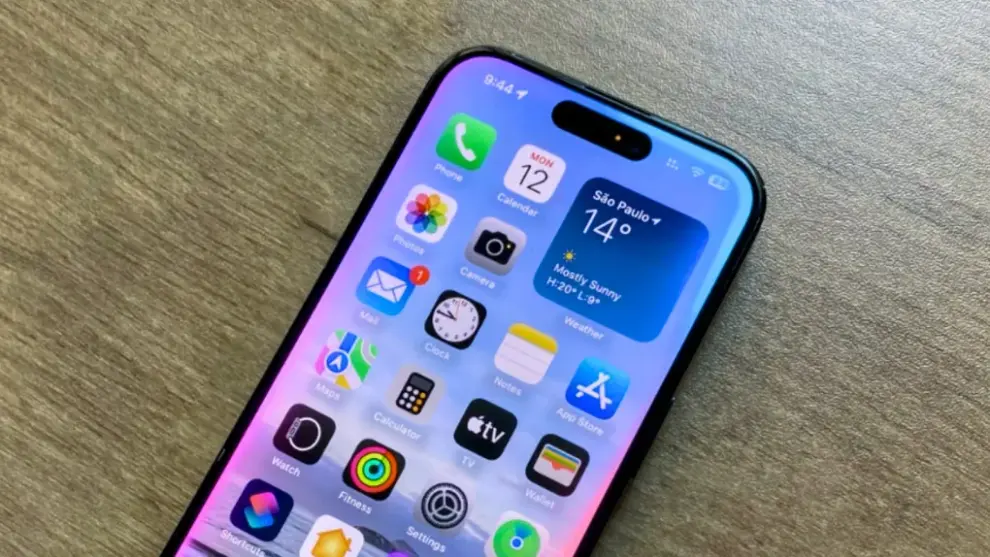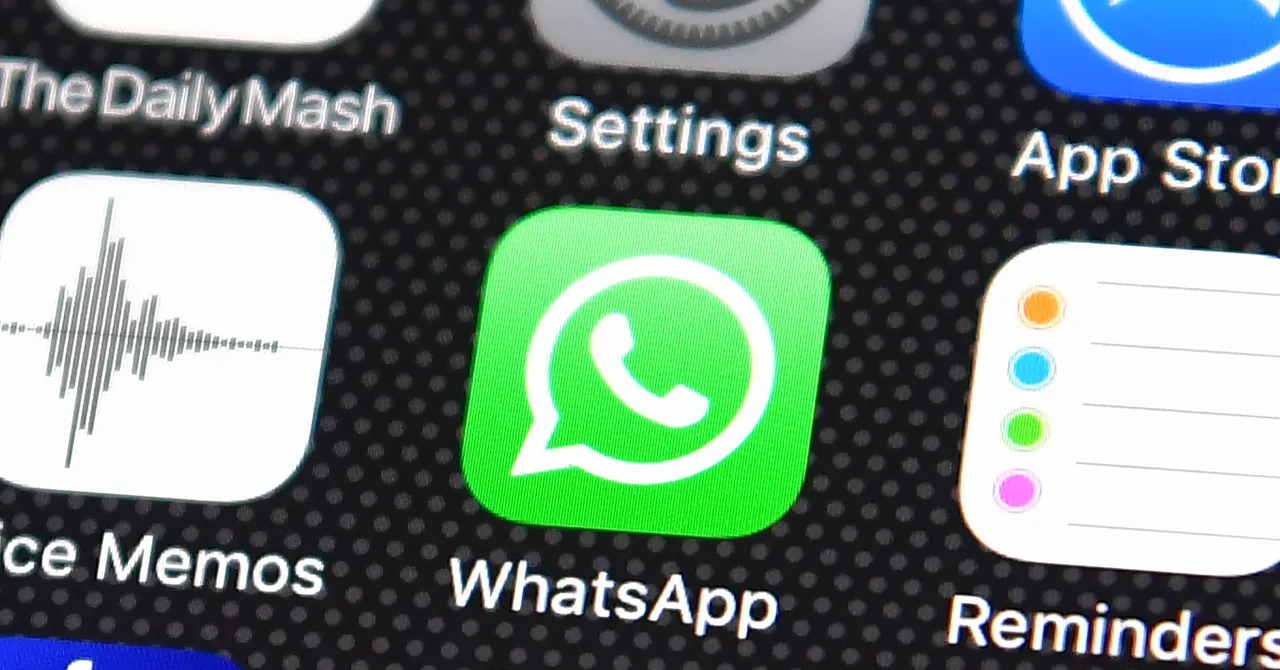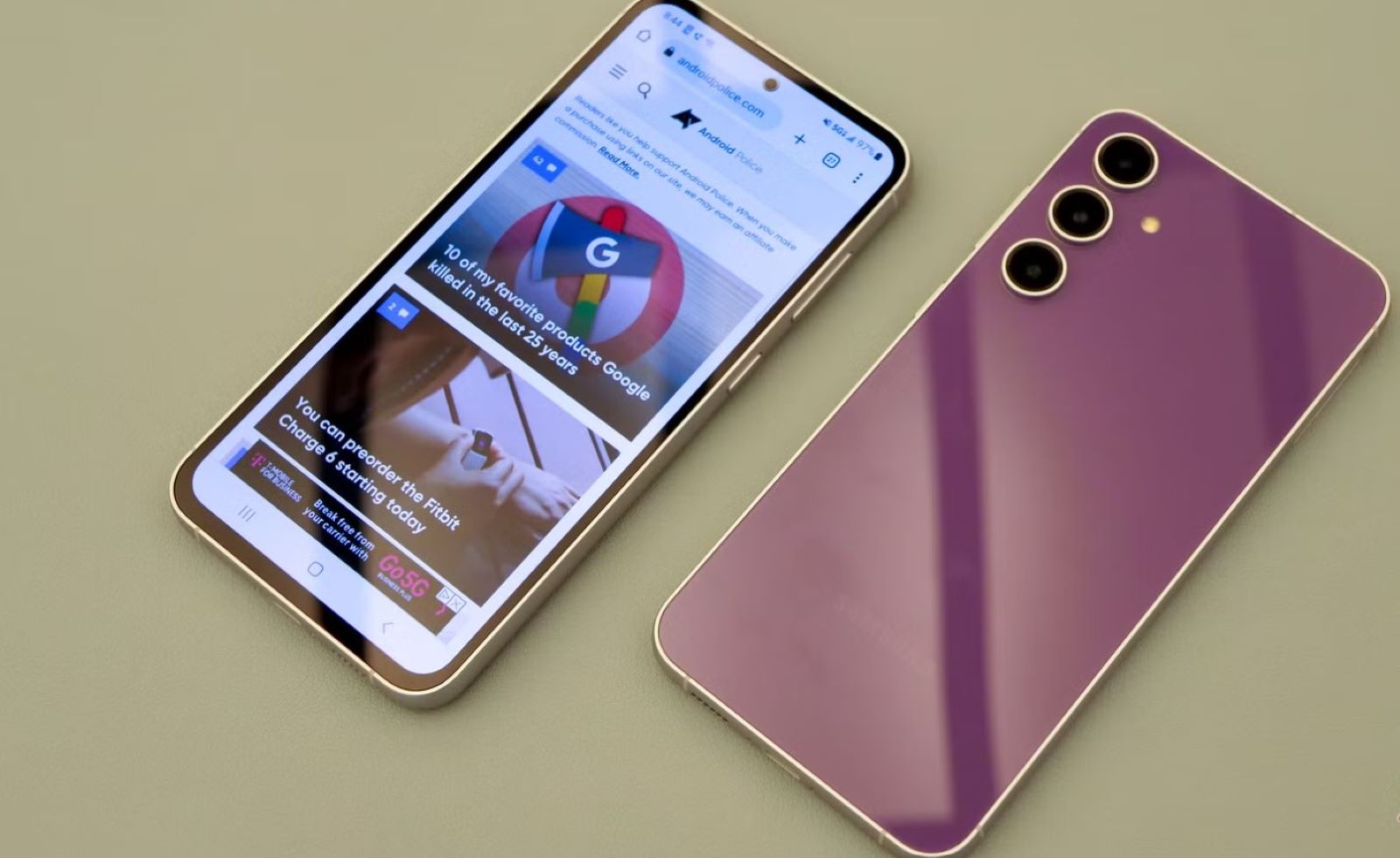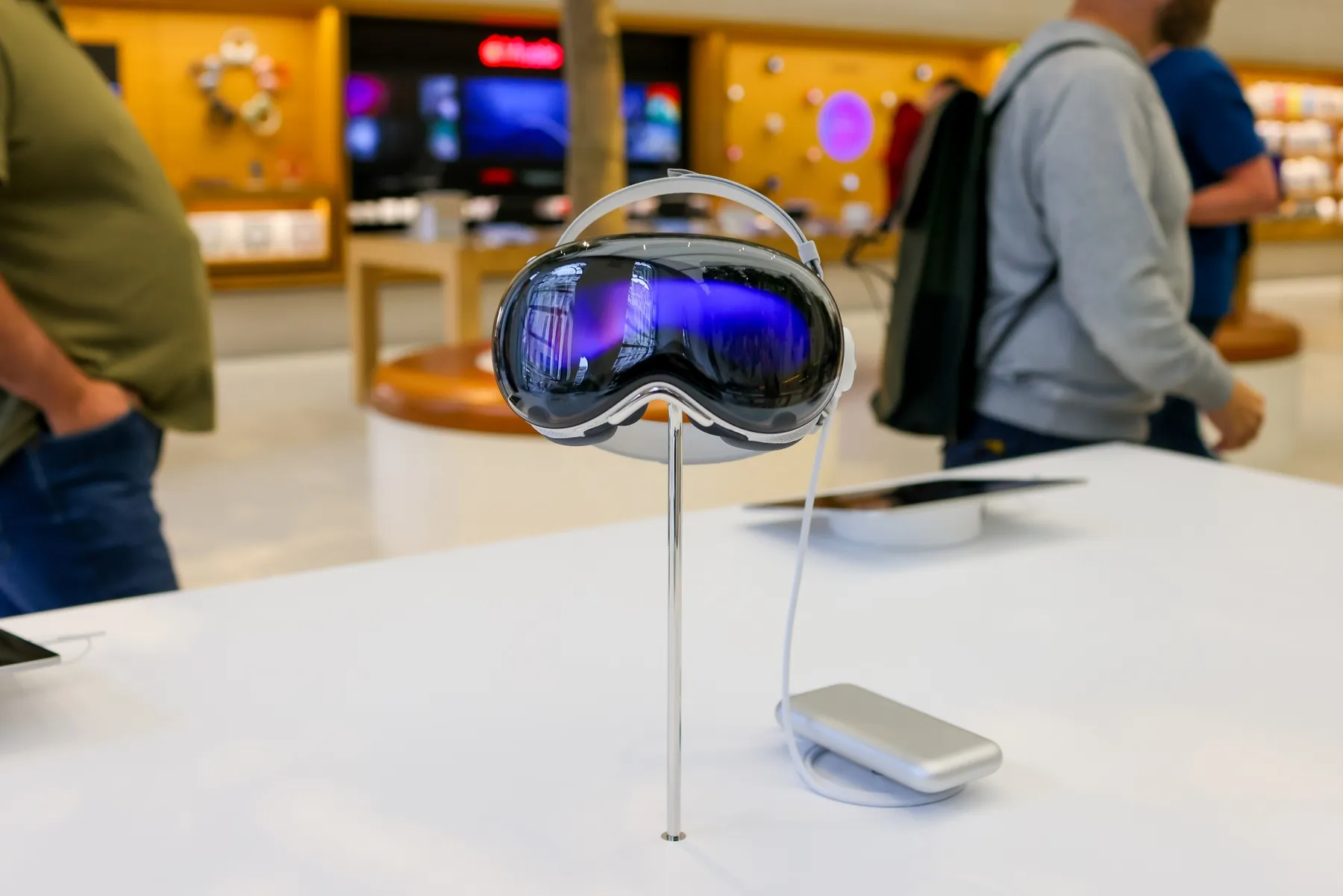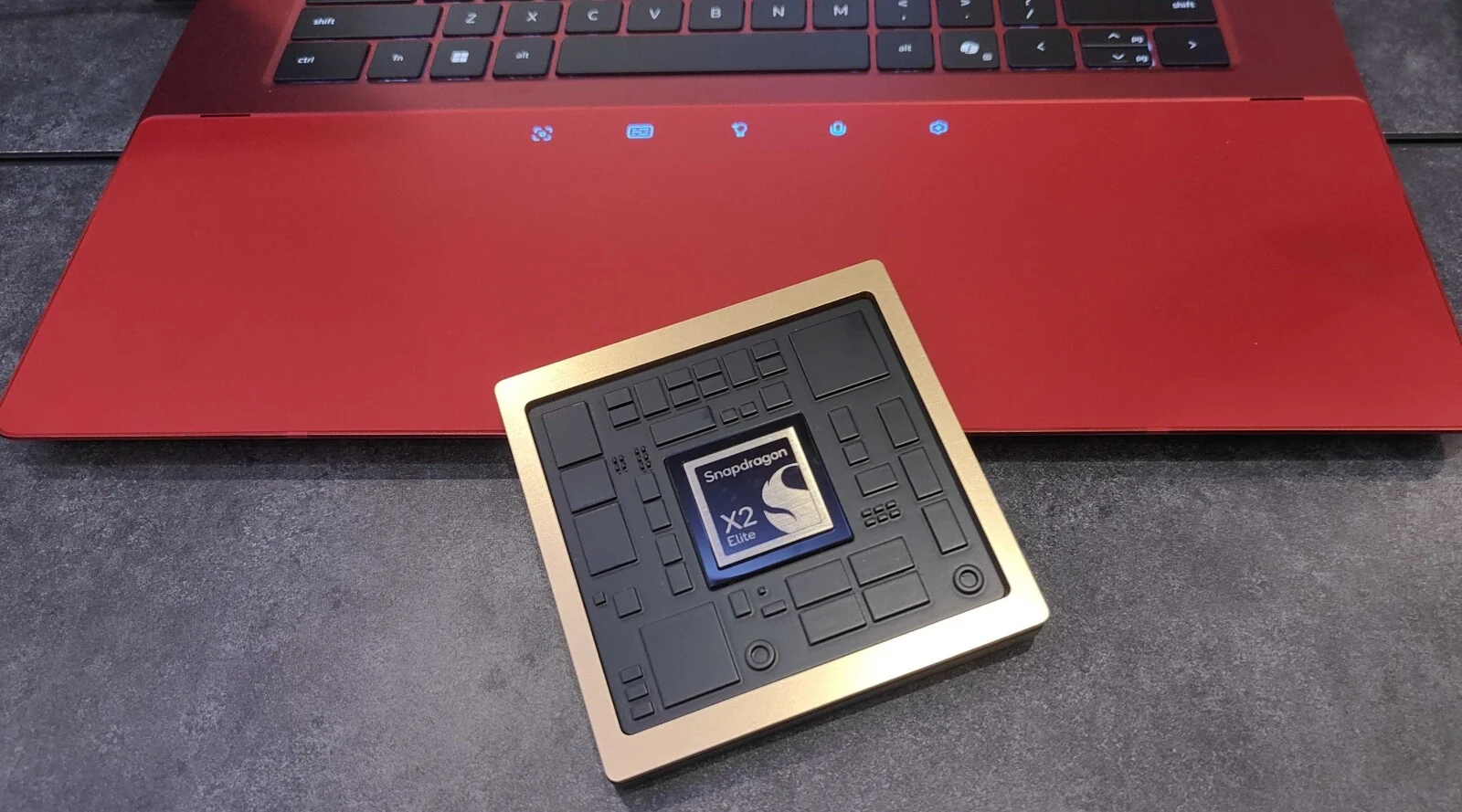The highly anticipated annual Worldwide Developers Conference (WWDC) is set to begin on June 9, and all signs point to a significant shift for iPhone users. Apple is widely expected to unveil iOS 26, a major software update that marks a departure from its traditional naming scheme and introduces a host of core changes designed to alter how people interact with their iPhones. This update, rumored to be one of the most substantial in over a decade, aims to unify the Apple ecosystem with a fresh visual direction and practical features.
For years, Apple has followed a sequential numbering system for its iOS updates. However, reports from reliable sources suggest a change with the upcoming release. Instead of iOS 19, the next iteration is slated to be called iOS 26, aligning the software’s name with the coming year of prominent use. This strategic adjustment aims to provide consistency across Apple’s entire product line, including iPadOS, macOS, watchOS, tvOS, and visionOS, all expected to adopt the “26” moniker. This move echoes practices seen in other industries, such as how car models are designated by the upcoming year.
A Visual Refresh: The “Solaris” Interface
The most noticeable change in iOS 26 is likely to be a comprehensive redesign of the user interface. Internally, this new look is reportedly known as “Solaris.” This overhaul represents the most significant visual update since iOS 7, which introduced a flat design. The “Solaris” interface is said to draw visual cues from Apple Vision Pro, aiming for a more cohesive experience across Apple devices.
Expect to see:
- Glass-like visuals: Elements may feature translucent backgrounds and a sense of depth, creating a more modern appearance.
- Floating menus and tab bars: Navigation elements could detach from the edges, appearing to float above content, similar to the interface of Vision Pro.
- Unified design language: The goal is to establish consistent buttons, icons, and settings across iPhone, iPad, and Mac, making transitions between devices more intuitive.
- Revised app icons: Speculation includes a shift towards more rounded “squircle” shapes for app icons.
This focus on design consistency seeks to streamline the user experience, allowing for a more fluid movement between Apple hardware.
Intelligence and Efficiency: Battery Management and Beyond
Beyond the visual changes, iOS 26 is poised to bring practical improvements driven by artificial intelligence. A central focus is expected to be an AI-powered battery management system. This feature will reportedly analyze individual user habits, such as typical usage patterns throughout the day, and dynamically adjust settings to extend battery life. This intelligent optimization could be a significant benefit for iPhone users who rely on their devices for extended periods.
Other potential AI-driven advancements include:
- Enhanced Siri interactions: While a complete overhaul of Siri may still be in the works, iOS 26 is expected to deliver smarter, more contextual responses. This could lead to Siri better understanding complex queries and maintaining context across conversations.
- Personalized health coaching: Leveraging data from Apple Watch and other connected devices, the Health app may offer AI-driven recommendations for exercise routines, sleep schedules, and dietary suggestions.
- Improved real-time translation: A highly anticipated feature is live translation through AirPods. This would allow users to engage in conversations where their iPhone listens and provides real-time translations directly into their AirPods, facilitating communication across language barriers.
Gaming and Connectivity: New Horizons
iOS 26 is also rumored to bring notable changes to gaming and connectivity.
- Dedicated gaming app: A new central hub for all games is expected, potentially evolving the current Game Center. This app could offer multi-device and platform leaderboards, track achievements, and integrate with Apple Arcade, positioning the iPhone more prominently in the gaming sector.
- Stage Manager for iPhone: This feature, currently available on iPad, may arrive on iPhone, allowing users to connect their USB-C equipped iPhones to an external display. This would provide a desktop-style interface, facilitating multitasking with apps displayed side-by-side.
- RCS messaging support: A widely requested feature, the adoption of Rich Communication Services (RCS) is expected to improve messaging with Android users, enabling higher-quality media sharing, read receipts, and typing indicators.
- E-SIM transfer to Android: The ability to wirelessly transfer eSIMs from an iPhone to an Android device is another rumored addition, simplifying the process of switching phones across different operating systems.
Supported Devices and Availability
While Apple has not yet officially announced the list of compatible devices for iOS 26, historical patterns suggest that newer iPhone models will receive the update. Based on current information, iPhones capable of running iOS 18 are likely to be compatible with iOS 26. There is speculation that some older models, potentially including the iPhone XS, XS Max, and XR, might not receive the update. However, iPhone 11 and newer models are expected to be supported.
Apple’s WWDC 2025 keynote, scheduled for June 9 at 10 AM PT (10:30 PM IST), will provide the official details regarding iOS 26. Developers will likely receive beta versions shortly after the announcement, with a public release expected in September 2025 alongside new iPhone hardware. The shift to a year-based naming convention means users will primarily experience iOS 26 throughout 2026.
This upcoming update represents a strategic move by Apple to refresh its core mobile operating system. The focus on a unified design, intelligent features, and practical connectivity improvements signals a period of significant evolution for the iPhone. Users worldwide await the official announcement to experience what the future holds for their devices.
